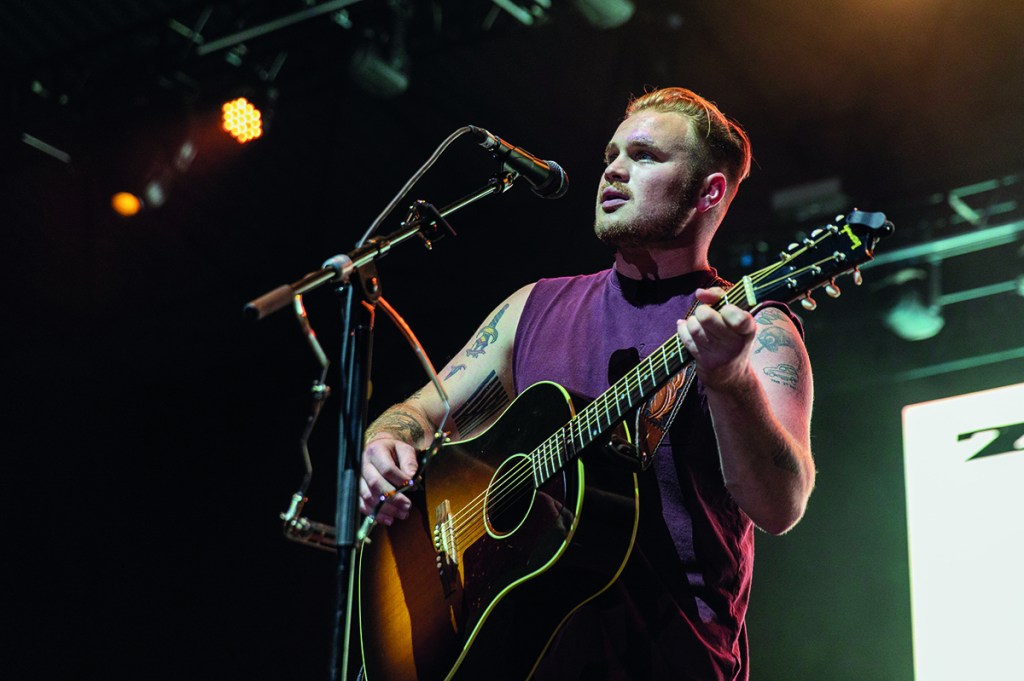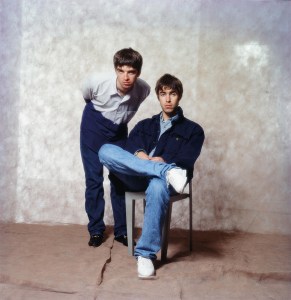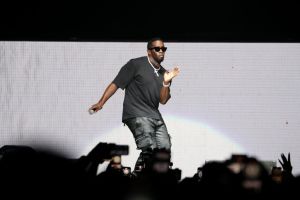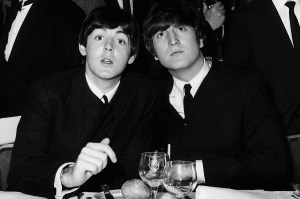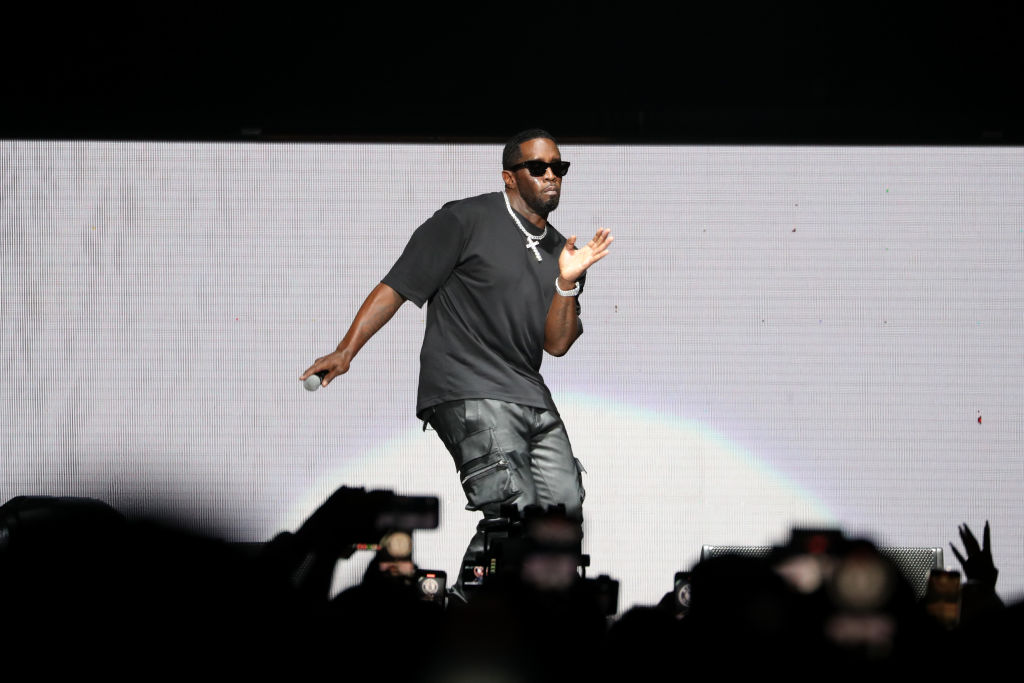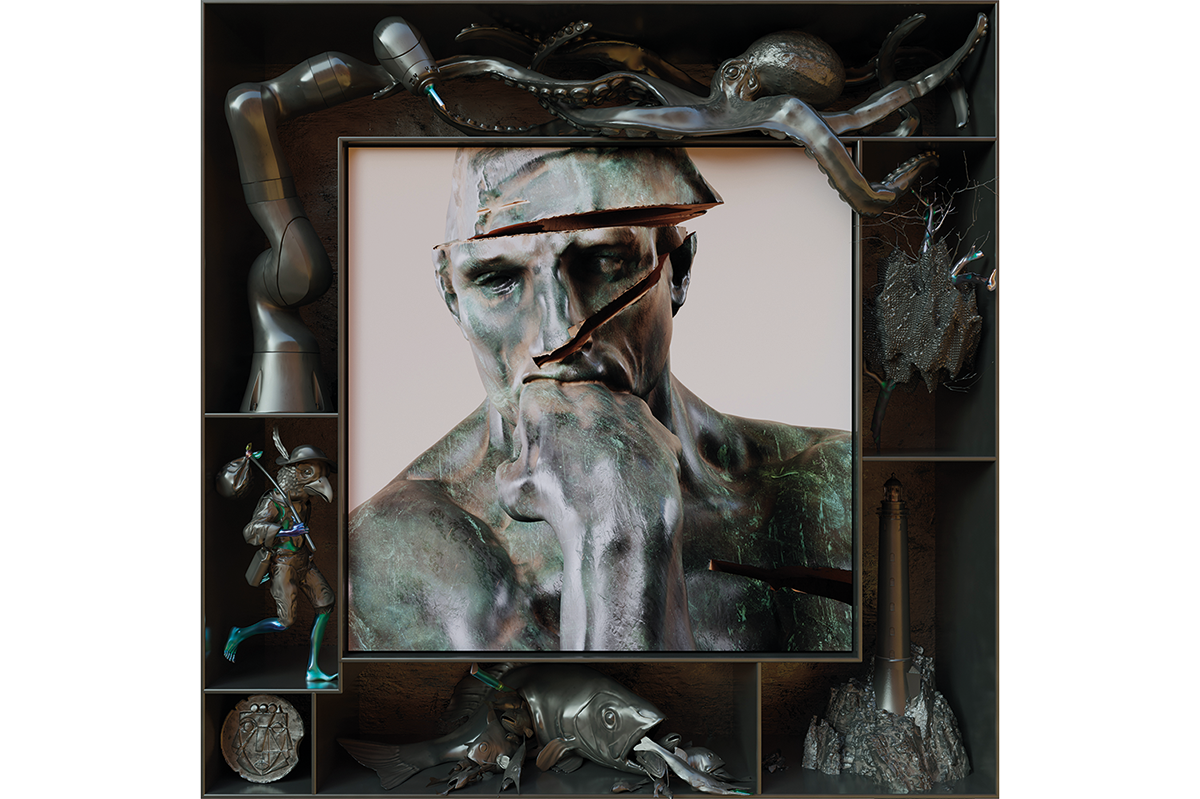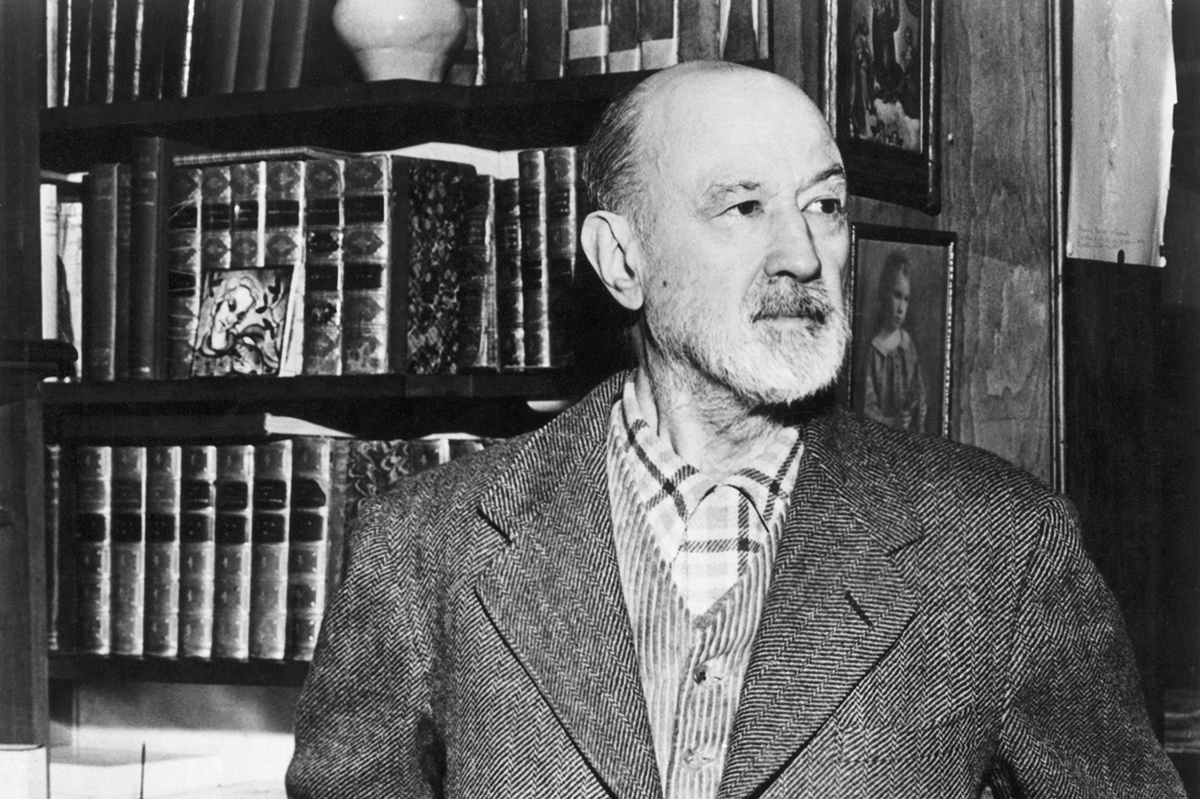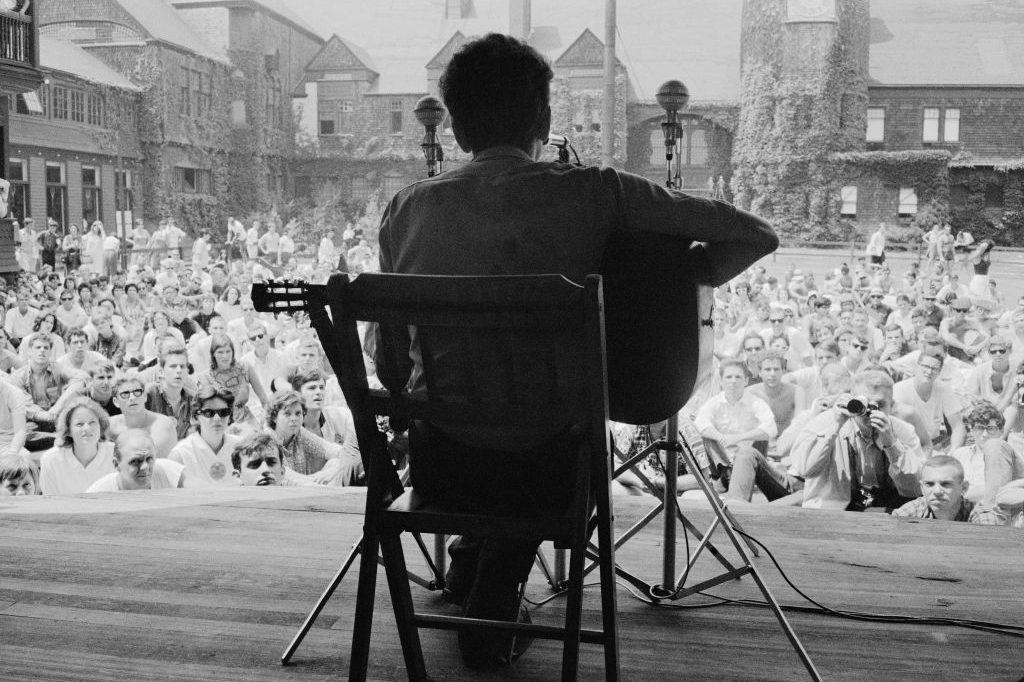Have you tuned in to a country radio station the past few years? You might have been surprised at some of the sounds coming through your speakers. A famous old-school Webb Pierce tune is chopped and screwed into an up-tempo hip-hop beat. Lyrics about an Applebee’s milkshake are accompanied by a booming bass. P!nk and Justin Bieber croon alongside Country Music Award winners. You’d be forgiven for thinking that all mainstream country really has to offer is saccharine, trope-filled pop music with a Southern accent.
Nashville’s stranglehold on country radio has given the genre a bad rap (sometimes literally — here’s looking at you, Lil Nas X). Friends of mine proudly declare that they hate country music, insisting that it’s all about girls in pickup trucks, painted-on blue jeans and cold beer. Music critics rarely take the genre seriously. Even country greats like Loretta Lynn and Alan Jackson have spoken publicly about their fears that country music is dead.
But this spring, twenty-six-year-old Navy veteran Zach Bryan blew the lid off a bubbling trend. Bryan, an Oklahoma native, went viral on YouTube in 2019 for a raw, acoustic performance of his song “Heading South.” Bryan plays the driving folk song in 95-degree nighttime heat outside of his naval barracks — his face is beet red, there is sweat dripping off the ends of his hair, moths fly in front of the camera lens, and the video is recorded in portrait mode.
Bryan continued to amass fans by releasing two albums independently before signing with Warner Records and dropping the thirty-four-track American Heartbreak in May. It’s slightly more produced than his early YouTube videos, but still has Bryan’s signature raspy voice and plaintive lyrics. Despite getting next to no radio play, American Heartbreak debuted at number five on the US Billboard 200 and broke the 2022 record for the most single-day streams of a country album on Spotify and Apple.
How did Bryan manage to go from a hobbyist songwriter to a best-selling country artist without any assistance from the Nashville music industry? Perhaps he says it best in “Heading South”:
They’ll never understand
that boy and his kind
All they comprehend is a fucking dollar sign
While Nashville executives and songwriters throw spaghetti at the wall in hopes of scoring another formulaic, lucrative radio hit, fans are craving something different. The “bro-country” era of the 2010s oversaturated the market with uninspired pop-country party music. Rural listeners wanted to hear music that more fully spoke to their own experience. Even non-country fans heard Chris Stapleton’s bluesy 2015 cover of George Jones’s “Tennessee Whiskey” or saw Eric Church repeatedly flip the bird at the establishment and wondered, are there any other singers like that?
In their search for something real, listeners stumbled upon a plethora of largely unnoticed singer-songwriters who were delivering Americana, folk, southern rock and old school country sounds. Indie country artists were writing about despair, love, loss, addiction and contentment in a way that hadn’t been heard on the radio in decades. Through social media, endless gigs, a bit of luck with streaming service algorithms and good old-fashioned word of mouth, these artists grew their own passionate fan bases from country music fans that longed for authenticity.
“I think it got to a point where it got so soulless that people who live in the country weren’t listening to country music,” William Clark Green, a country and Americana singer-songwriter from Texas, tells me. “People at the rodeo were listening to indie music and stuff with soul.”
Colby Acuff, an independent country artist with more than ten million streams on Spotify, shares a similar sentiment: “It’s a market that, honestly, Nashville kind of put their heads in the sand and ignored for ten, fifteen years… It was only a matter of time, really,” Acuff said. “I knew that we had a good product, and I knew that authenticity and honesty had a spot.”
In “Dear Country Music,” Acuff sings about his frustrations with modern country music and wonders if his pleas for “three chords and the truth” are just a “burden” to the industry.
Feuds between country purists and the “industry” are nothing new. In the mid-1950s, spurred by declining record sales, music executives pivoted to the “Nashville sound” — string sections and smooth, soaring vocals replaced the old steel guitars and fiddles. The Music City machine largely controlled which artists appeared on the biggest platforms and their sound and image. Outlaw artists like Willie Nelson, Waylon Jennings and David Allan Coe sneered at this glittery, glamorized version of country music and fought for creative control of their music. They utilized traditional sounds and gritty songwriting, often peppering their lyrics with potshots at the establishment. Jennings famously railed against the commercialism of Nashville country in “Are You Sure Hank Done It This Way?”:
Lord, it’s the same old tune,
fiddle and guitar
Where do we take it from here?
Rhinestone suits and new shiny cars
It’s been the same way for years
We need a change
Today’s battle is less caustic. Alternative country artists largely don’t express resentment toward the pop-country domination of massive record deals and radio play; they mostly just want a level playing field. Green tells me, “I think a lot of guys doing it really enjoy the pop side of that, and good for them… I always had the mentality of like, man, if music makes people happy, that’s freaking awesome.”
“I don’t think I would ever bash anyone for how they made it,” Acuff says, instead arguing that industry executives aren’t financially incentivized to give space to independent artists. “If you get a good song, it’s absolutely priceless. Someone who doesn’t write songs or record songs wants a piece of that money that comes in. So how do you do it?” he asked. “You can make the industry itself — the barriers — extremely expensive.”
Thanks to the rise of social media and streaming services, independent and alternative artists can now become wildly successful without the help of a major label or the Nashville stamp of approval. Country-rocker Cody Jinks was the first independent country artist to go platinum in the modern era. Tyler Childers, a Kentucky native who writes about coal country and the opioid crisis, has also had multiple platinum singles. Koe Wetzel, a country grunge artist whose diehard fans are known affectionately as “Koe Bros,” sold a quarter of a million independent albums and was practically filling up entire stadiums before signing with Columbia Records.
Appalachian country-folk singer Charles Wesley Godwin, who just teamed up with Zach Bryan on the new track “Jamie,” spoke about the freedom that the internet has afforded up-and-coming artists. “I can post about my shows on social media and they sell out and I don’t need anybody to do that for me. I can do that for myself,” Godwin tells me during a recent interview at Hill Country in Washington, DC before his show that evening. “So I think that’s why there’s this rise in indie country, because it’s actually possible now.”
Green says, “It just gives the power back to the listener.”
Nashville is being forced to adapt to the rise in popularity of old school and alternative country music. Artists like Luke Combs and Cody Johnson that embrace classic cowboy tunes are experiencing massive mainstream success, even though Johnson said his song “Dear Rodeo” was dubbed “too rodeo for radio” just a couple of years ago. Combs sings in his ballad “Doin’ This” that he is driven by his passion for music and songwriting rather than fame. Riley Green has even managed several radio hits despite cynically wishing “country music still got played on country radio” in his cult hit “I Wish Grandpas Never Died.”
“You know, some folks are just so undeniable that it’s good business, I think, for anybody to want to sign them,” Godwin claims.
Pop music with a twang will probably never entirely disappear from country radio — “the mainstream stuff is perfect for having a good time, right?” Godwin notes — but wider audiences are now being introduced to more diverse sounds. Morgan Wallen, arguably country’s biggest star right now, played a sold-out show in Virginia in June where the crowd had equal enthusiasm for his hip-hop influenced “Broadway Girls” and his rootsy cover of Jason Isbell’s “Cover Me Up.”
Ideally, a more listener-driven industry would mean that artists who have a passion for songwriting and a desire to keep traditional country sounds alive get the recognition that they deserve.
“What you put down is there forever,” Green explains, “and that’s something that I take super seriously. I want to leave behind something that has integrity.”
This article was originally published in The Spectator’s September 2022 World edition.



